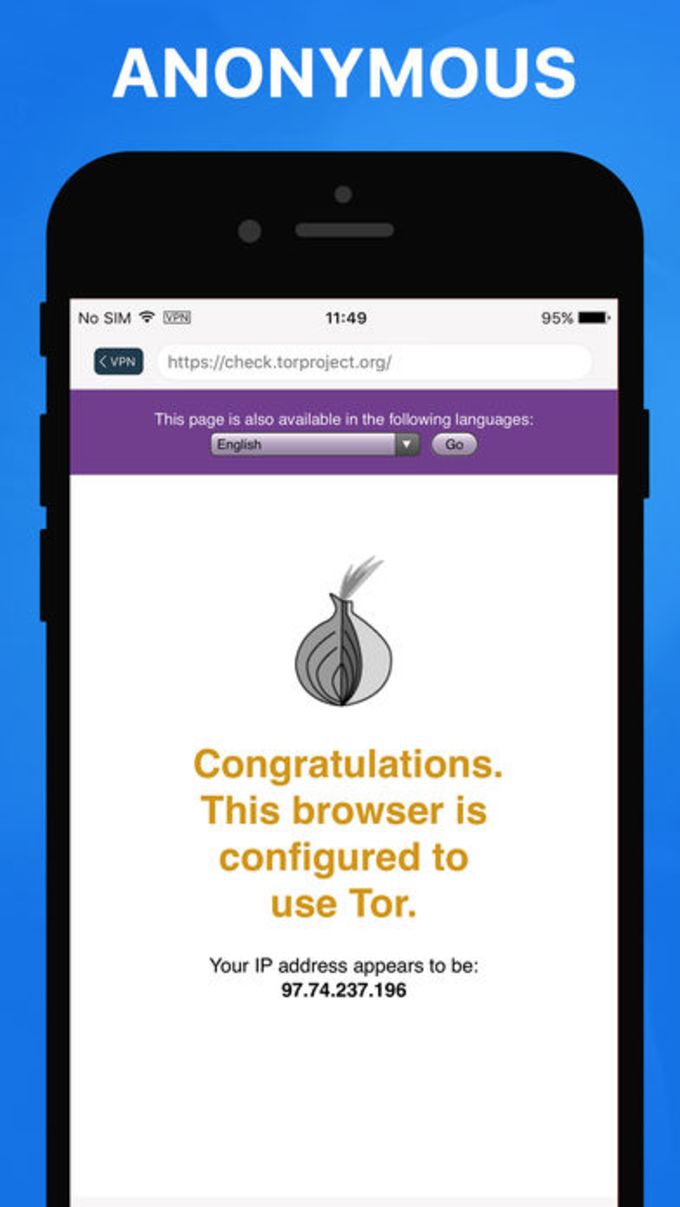

For those who are really paranoid about being anonymous on the Web (and some people obviously have very good reasons to be so), having access to the code means that they can inspect the code to ensure that the app really does what it says it does and then build their own version of the browser.Tor Browser lets you browse online anonymously and access the internet with better safety and privacy. One nice aspect of this app is that it is open source. You do, however, get the option to allow or block cookies, enable user agent spoofing so you can pretend to be using a Windows machine instead of iOS, and the ability to request a new IP address at any time. There are no bookmarks or easy access to search, for example. Because of this, an app like Onion Browser is also significantly slower in fetching websites than Safari, for example, would be.Īs a browser, Onion Browser isn’t exactly packed with features. When you use this network, your data obviously has to travel a lot further and over potentially slower connections than if you were using the regular Internet. This – at least in theory – makes it very hard to retrace where the original request came from. The Tor network, in its most basic form, builds a circuit of encrypted connections between a number of nodes on its network. Now, thanks to Onion Browser ($0.99), iPhone and iPad users also finally get an easy option to tunnel their web traffic through the Tor network. Thanks to Orbot, Android users, too, have the option to use the Tor network to anonymize their web browsing sessions and avoid being monitored. If, for whatever reason, you need to cover your tracks while you are browsing the web on your desktop, you have plenty of options to keep anonymous.


 0 kommentar(er)
0 kommentar(er)
